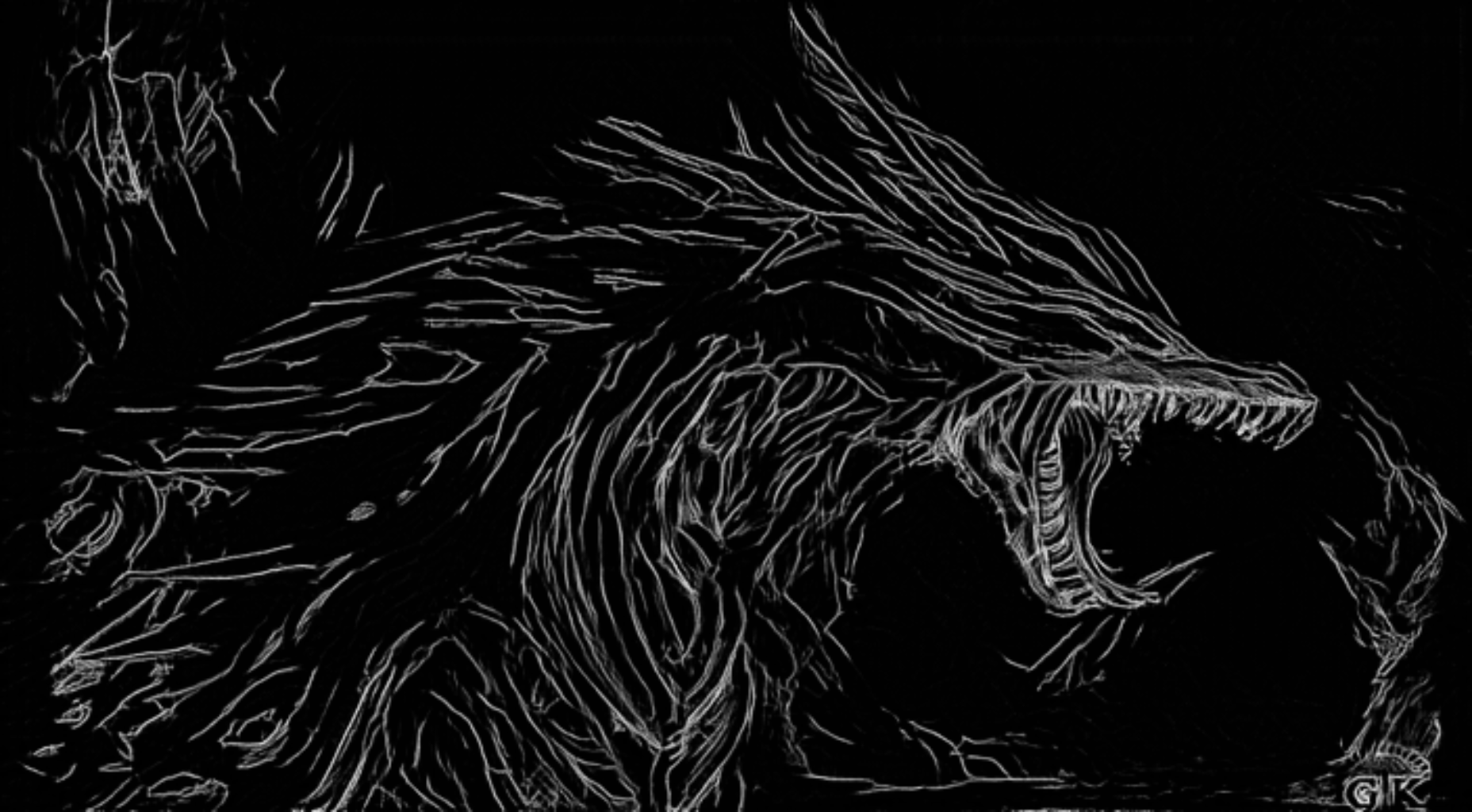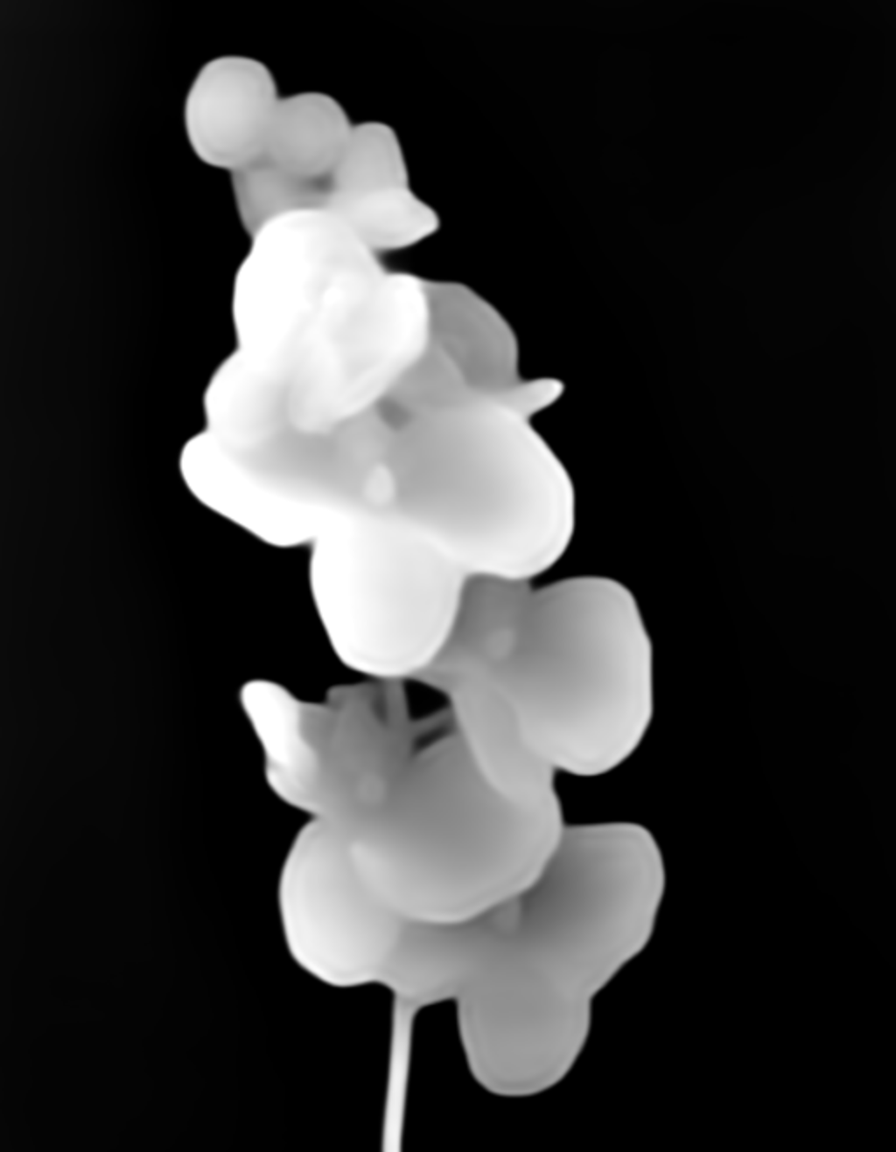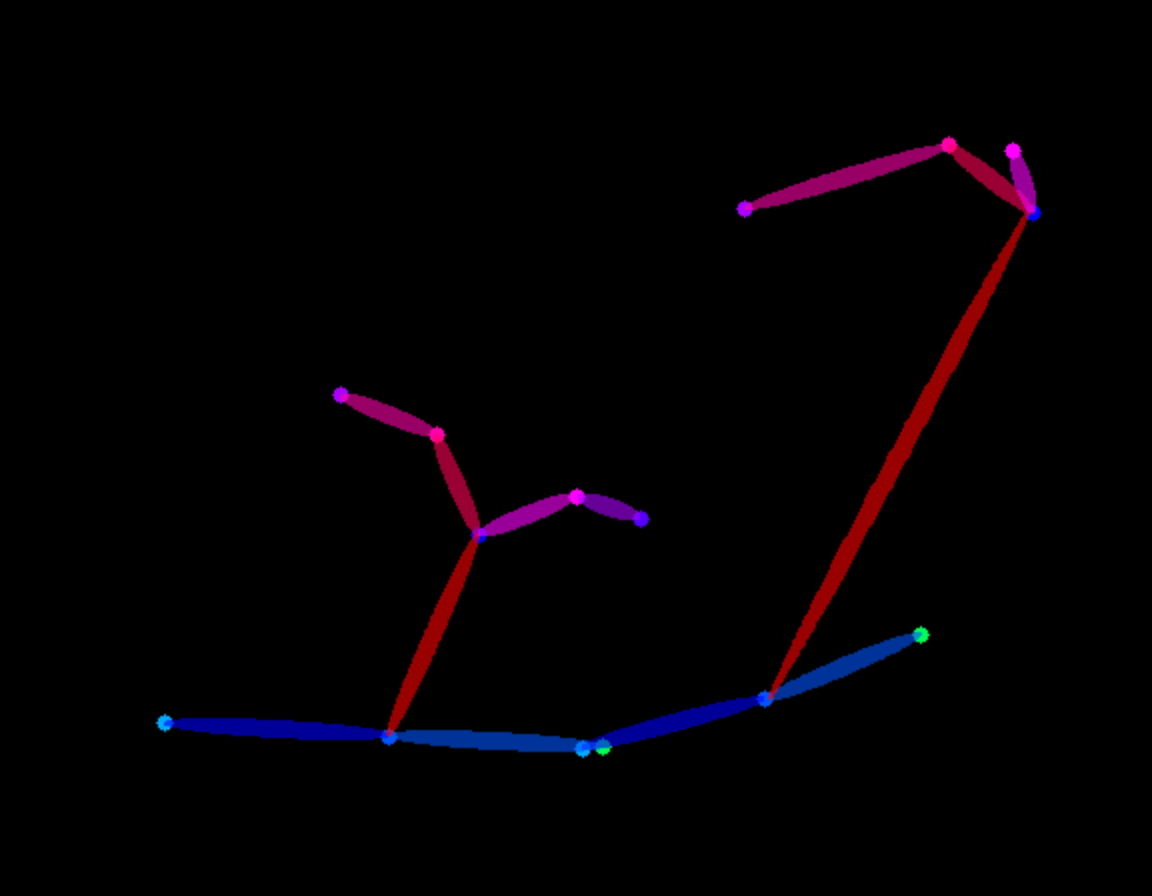🚀 T2I-Adapter-SDXL - Depth-MiDaS
T2I Adapter is a network that offers additional conditioning for stable diffusion. Each t2i checkpoint takes a different type of conditioning as input and is used with a specific base stable diffusion checkpoint. This checkpoint provides depth conditioning for the StableDiffusionXL checkpoint. It's a collaboration between Tencent ARC and Hugging Face.
🚀 Quick Start
To get started, first install the required dependencies:
pip install -U git+https://github.com/huggingface/diffusers.git
pip install -U controlnet_aux==0.0.7
pip install transformers accelerate safetensors
- Images are first downloaded into the appropriate control image format.
- The control image and prompt are passed to the
StableDiffusionXLAdapterPipeline.
✨ Features
T2I Adapter provides additional conditioning to stable diffusion, enabling more controllable text - to - image generation. Each checkpoint can take different types of conditioning as input, enhancing the flexibility and diversity of image generation.
📦 Installation
pip install -U git+https://github.com/huggingface/diffusers.git
pip install -U controlnet_aux==0.0.7
pip install transformers accelerate safetensors
💻 Usage Examples
Basic Usage
Let's have a look at a simple example using the Canny Adapter.
from diffusers import StableDiffusionXLAdapterPipeline, T2IAdapter, EulerAncestralDiscreteScheduler, AutoencoderKL
from diffusers.utils import load_image, make_image_grid
from controlnet_aux.midas import MidasDetector
import torch
adapter = T2IAdapter.from_pretrained(
"TencentARC/t2i-adapter-depth-midas-sdxl-1.0", torch_dtype=torch.float16, varient="fp16"
).to("cuda")
model_id = 'stabilityai/stable-diffusion-xl-base-1.0'
euler_a = EulerAncestralDiscreteScheduler.from_pretrained(model_id, subfolder="scheduler")
vae=AutoencoderKL.from_pretrained("madebyollin/sdxl-vae-fp16-fix", torch_dtype=torch.float16)
pipe = StableDiffusionXLAdapterPipeline.from_pretrained(
model_id, vae=vae, adapter=adapter, scheduler=euler_a, torch_dtype=torch.float16, variant="fp16",
).to("cuda")
pipe.enable_xformers_memory_efficient_attention()
midas_depth = MidasDetector.from_pretrained(
"valhalla/t2iadapter-aux-models", filename="dpt_large_384.pt", model_type="dpt_large"
).to("cuda")
url = "https://huggingface.co/Adapter/t2iadapter/resolve/main/figs_SDXLV1.0/org_mid.jpg"
image = load_image(url)
image = midas_depth(
image, detect_resolution=512, image_resolution=1024
)
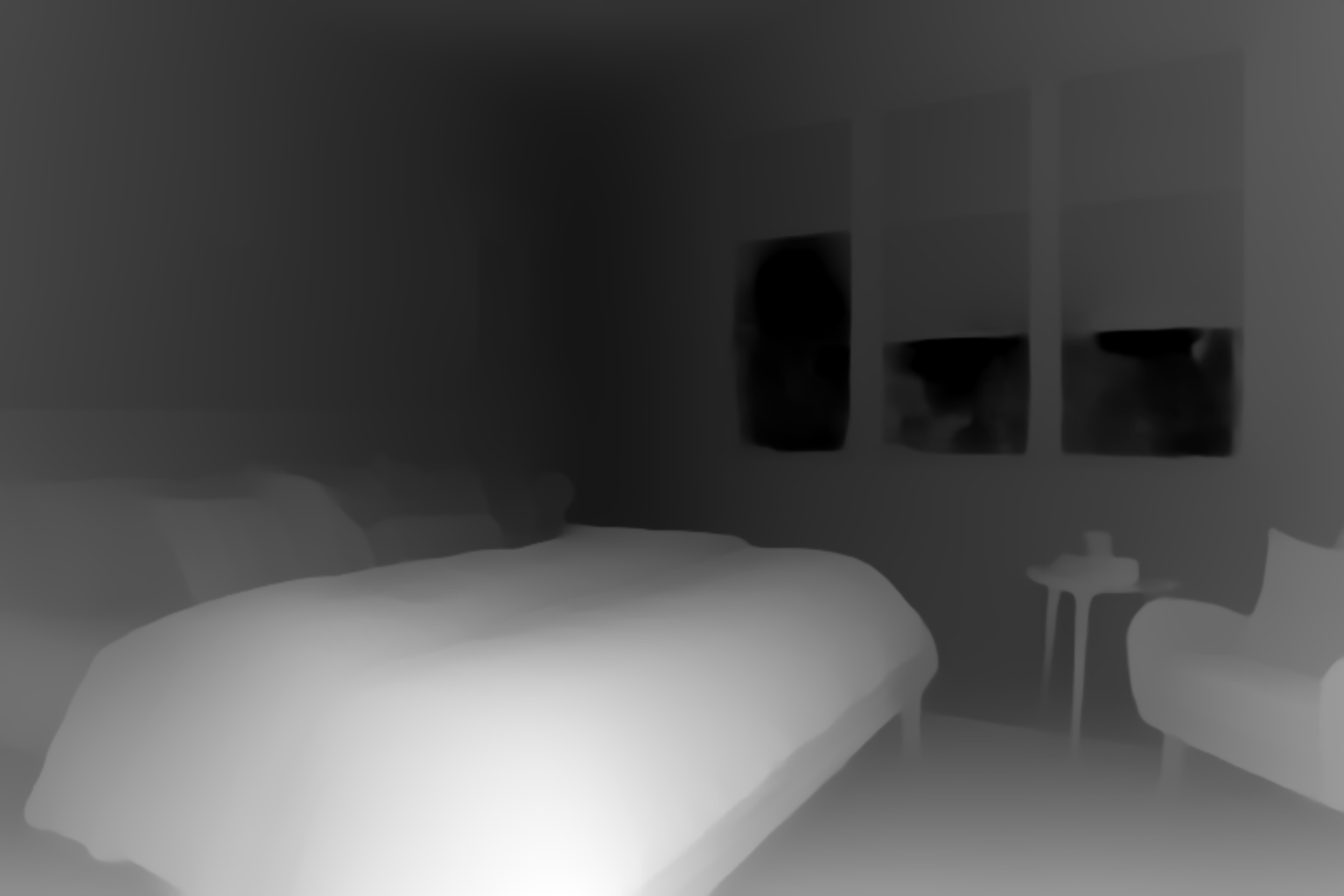
prompt = "A photo of a room, 4k photo, highly detailed"
negative_prompt = "anime, cartoon, graphic, text, painting, crayon, graphite, abstract, glitch, deformed, mutated, ugly, disfigured"
gen_images = pipe(
prompt=prompt,
negative_prompt=negative_prompt,
image=image,
num_inference_steps=30,
adapter_conditioning_scale=1,
guidance_scale=7.5,
).images[0]
gen_images.save('out_mid.png')
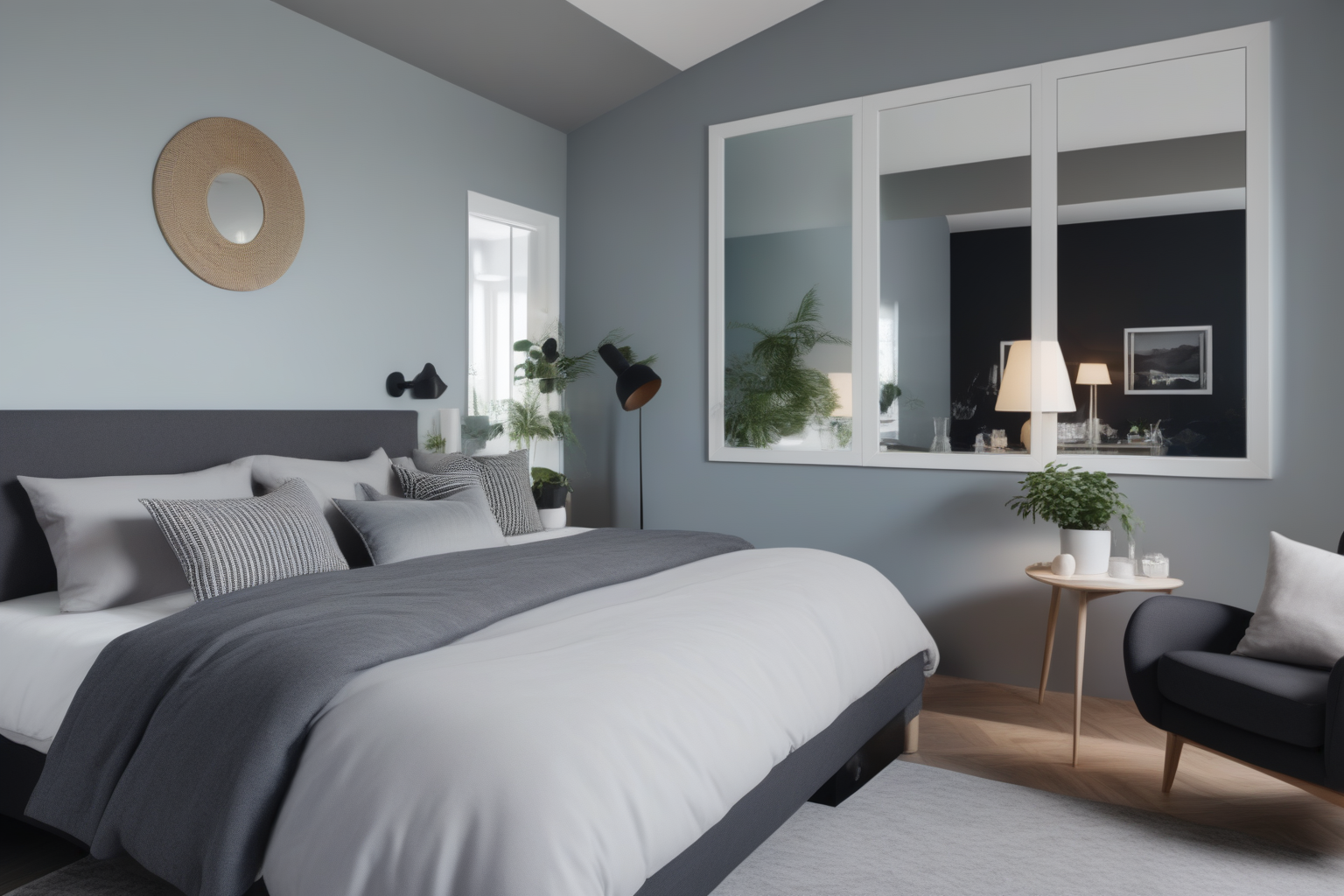
📚 Documentation
Model Details
| Property |
Details |
| Developed by |
T2I-Adapter: Learning Adapters to Dig out More Controllable Ability for Text-to-Image Diffusion Models |
| Model Type |
Diffusion-based text-to-image generation model |
| Language(s) |
English |
| License |
Apache 2.0 |
| Resources for more information |
GitHub Repository, Paper. |
| Model complexity |
|
| Cite as |
@misc{
title={T2I-Adapter: Learning Adapters to Dig out More Controllable Ability for Text-to-Image Diffusion Models},
author={Chong Mou, Xintao Wang, Liangbin Xie, Yanze Wu, Jian Zhang, Zhongang Qi, Ying Shan, Xiaohu Qie},
year={2023},
eprint={2302.08453},
archivePrefix={arXiv},
primaryClass={cs.CV}
} |
Checkpoints
Training
Our training script was built on top of the official training script that we provide here.
The model is trained on 3M high-resolution image-text pairs from LAION-Aesthetics V2 with:
- Training steps: 35000
- Batch size: Data parallel with a single gpu batch size of
16 for a total batch size of 256.
- Learning rate: Constant learning rate of
1e-5.
- Mixed precision: fp16
📄 License
This model is licensed under the Apache 2.0 license.






